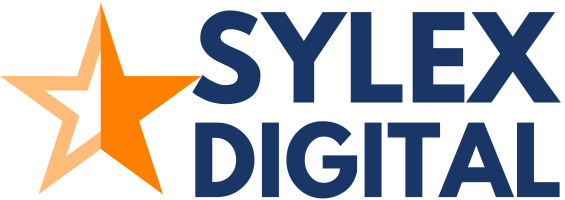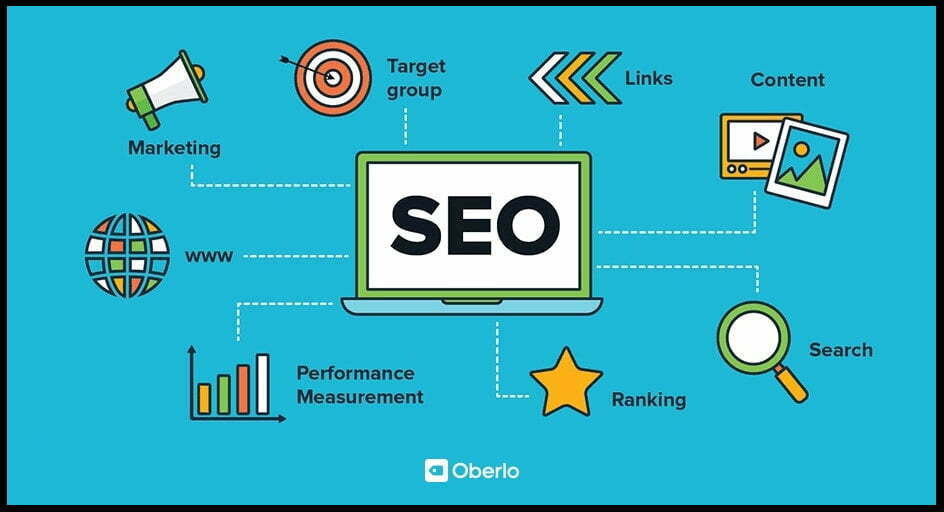The links , together with the digital document (the web page) represent one of the two founding columns of the internet, which was born in fact at the beginning as a hyper textual environment , that is html documents connected to each other in a non-linear way by hyperlinks (then abbreviated in Italian simply as a link ).
Each link is unique and points to a URL , which is nothing other than the address (sequence of characters that usually begins with “https”) of that resource made available on the internet (as it is loaded on a host server).
The revolution lay precisely in this concept of multidimensional network , which thanks to the links allowed a user to “jump” from one document to another without a pre-established linearity (as happens for example in a book).
From the end of the 1980s (speaking of Italy) to today, the internet has changed profoundly, but links always and in any case remain an essential aspect of this technology and above all they always remain the basis of the system that Google uses to calculate authority of a site and assign to its pages a certain position in serp (more or less upwards) based on the searches carried out by users through keywords .
And this importance for Google has also put links at the center of attention of SEO and of those who practice it by profession, in order to be able to manipulate them artificially and thus bring an advantage (or disadvantage) to the websites of their customers or competitors.
This “art” of link manipulation is called link building , and we will discuss this in depth in a future article.
Now let’s see how to use links correctly from an SEO perspective when writing an article.
What are links and how to use them correctly in an SEO perspective
In recent years, Google has tried to implement various actions to discourage on the one hand the artificial manipulation of links (for example with targeted penalties for sites and bans from serp), and on the other hand trying to weaken their intrinsic value by adding other factors. And quality indices of a site (citations, mentions, time spent on the site, etc.). Furthermore, due to the bugbear created by the penalties, the bad habit of linking to all other people’s sites in “no Follow” mode (or “telling” Google that it should ignore this link) has spread over the years, an absolutely negative practice for around the web.
Links are a powerful tool and their correct use could be what we would naturally and spontaneously do; let’s try to understand better with a concrete example.
External links “do follow”
If I am writing an article for a cooking blog and I describe how to make a good fish ragu based on “amberjack” , it certainly could be “good and right” to insert a link on this word that points to an in-depth information sheet on this fish on a quality external site with a fish topic And certainly without inserting the “no Follow”, as this link is useful for the user who reads to understand exactly which fish we are talking about, and thus providing him with further highly reliable information in this regard.
Internal links
Continuing the writing of our article, we will then make a parallel between the calories contained in 100 grams of fish sauce and 100 grams of “meat sauce”; on this last word I will be able to place a link that points to the article on our site that describes the recipe for meat sauce.
Also in this case we will use a “doFollow” link in complete peace of mind, as we are linking to a resource on our own site.
External links “noFollow”
Finally, closing our article dedicated to fish ragout, we want to insert a link to the e-commerce page of a site that sells this already packaged product online; in this case it is better to apply the “noFollow” attribute to the link as in the eyes of Google it could seem a manipulative link for purely commercial purposes. (In the same way, all those links that start from advertising banners, widgets and affiliate products are to be put in “noFollow”.)
As we see, these simple rules that should guide us in placing links within a document , do nothing but reflect what we would probably, in a natural and spontaneous way , be led to do.
By using the links in this correct and transparent way we can be sure that we will never incur any penalties and will help make the web a better place.
What can we do for you
If after all this information you have decided to embark on a blogging path or to review your existing digital editorial product , Sylex Digital the digital PR , link building , seo and brand reputation (online reputation) agency that can best support the your digital business idea and follow you step by step to maximize it, increasing revenues.

